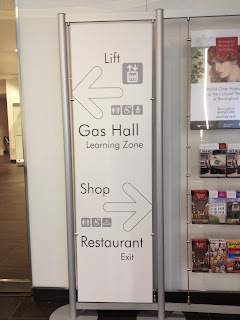A few simple questions useful to ask yourself are:
What supermarket do they shop at?
What clothes shop do they shop at?
What is their job?
What else would be next to this on a shelf?
What is it's main competitor?
Mansueto Ventures (2013) defines searching for your target
audience as considering the following:
Demographics:
• Age
• Location
• Gender
• Income level
• Education level
• Marital or family status
• Occupation
• Ethnic background
• Location
• Gender
• Income level
• Education level
• Marital or family status
• Occupation
• Ethnic background
Pyscholographics:
·
Personality
·
Attitudes
·
Values
·
Interests/hobbies
·
Lifestyles
·
Behavior
Evaluate your decisions:
• Are there enough people that fit my criteria?
• Will my target really benefit from my product/service? Will they see a need for it?
• Do I understand what drives my target to make decisions?
• Can they afford my product/service?
• Can I reach them with my message? Are they easily accessible?
• Will my target really benefit from my product/service? Will they see a need for it?
• Do I understand what drives my target to make decisions?
• Can they afford my product/service?
• Can I reach them with my message? Are they easily accessible?
Mansueto Ventures (2013) Inc. :How to determine your target audience, available at: http://www.inc.com/guides/2010/06/defining-your-target-market.html/1,
viewed on: 09/12/13.


































































































